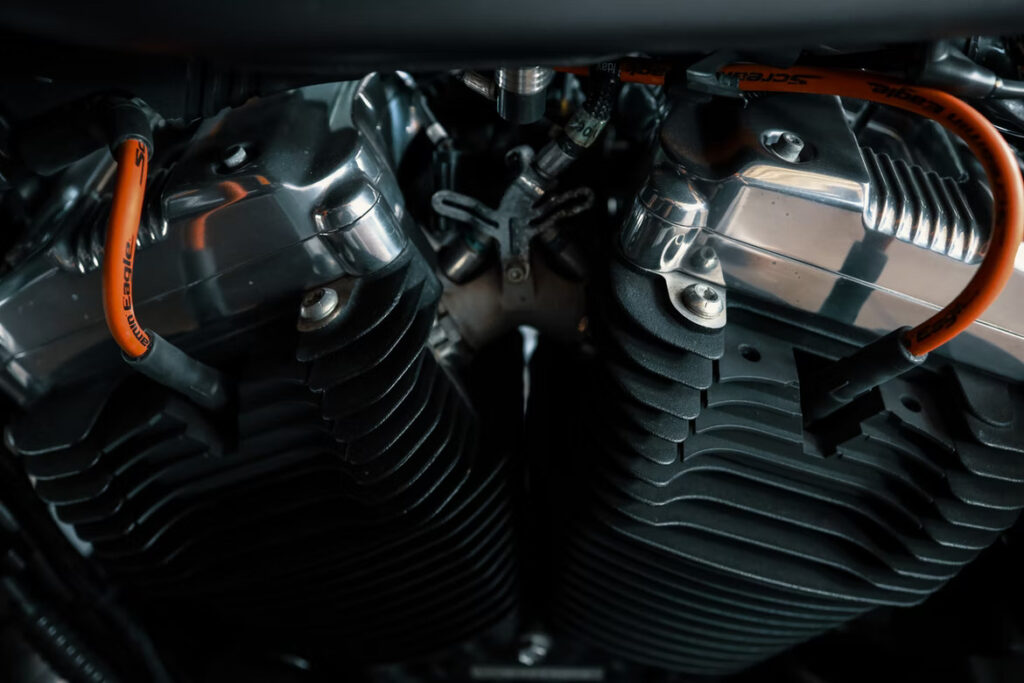Damaged or bad spark plugs can cause engine problems if not properly identified and fixed. With a bad spark plug, problems such as reduced gas mileage, slow acceleration, misfires, and trouble starting the engine are very common. In this article, we will be looking at some easy things you can identify if you have bad spark plugs.
Checking your engine’s performance
Checking your engine’s spark plugs can give you an idea of the engine’s performance. It is advisable to do this as part of your routine maintenance or if you suspect something wrong with the engine.
The first step is to remove the spark plug and examine it. Examine it and look for signs of damage, especially the end part where the cylinder is located. Here is a simple way to remove the spark plugs.
Locate the spark plug, the wire connected to the spark plug, and pull on the connector at the end of the wire
After removing the wire or coil, take a socket wrench with a spark plug socket to loosen the spark plug.
Take a look at the spark plug and see if it has any issues.
Here are some of the conditions you will likely see when examining your spark plug.
Normal spark plug
A normal spark plug will usually have some brown or grayish tan deposits on the side. When you see this, you can rest assured that your plugs are fine, and go ahead and reinstall them.
Carbon fouled spark plug
A carbon-fouled spark plug will usually have black soot on the electrode and insulator tip. This is usually caused by bad air filters, driving at very low speeds, bad air to fuel mixture or idling your vehicle for too long. When this happens you want to buy and replace the spark plug but it is advisable to switch to a hotter spark plug. A hotter spark plug is simply one that has a high spark plug number.
Oil fouled spark plug
To easily recognize this, you will find black, oily deposits on the electrodes and insulator tips. The main cause of this happening is usually oil leaking into the cylinders and getting past worn pistons or valve guides. What you should do is consult a mechanic to help you find the leak and then stop it. Once this is done, then you can replace the spark plug.
Wet spark plugs
A wet spark plug usually occurs as a result of flooding or water getting into the engine. The best thing to do here is to clean them or wait for them to dry before reinstalling them.
Burned spark plugs
A burned spark plug will have melted electrodes, blisters on the insulator tip or white deposits on the side. These are all indicators that the spark plug is running too hot and can be caused by overheating of the engine, loose spark plug, incorrect ignition timing or bad air/fuel mixture. The best advice is to fix the cause and then replace the plug.
Worn spark plugs
Worn or eroded spark plugs simply mean that they are old and need to be replaced. The plugs have been in the engine for a very long time and the best thing to do is to replace them.
Broken spark plugs
If the electrodes are broken off or flattened, it is likely that the wrong spark plugs are installed. A spark plug that is too long can cause extensive damage to your engine while a short spark plug can cause poor gas mileage and spark plug fouling. Check your owner’s manual to ensure that you have the correct spark plug for your vehicle.
Conclusion
Running regular maintenance checks on your vehicle is very important as you want to quickly detect any issues and fix them in time. If you plan on buying a used vehicle, running a VIN check will provide you with detailed information on the vehicle’s previous history. Being an owner of a vehicle by running a maintenance check you get information about parts that need servicing, oil changes needed, tire rotation schedule, mainly known as recommended services by manufacturer due at your vehicle’s mileage, the upcoming issues that your vehicle might encounter and so much more.


